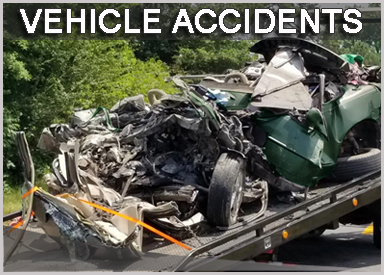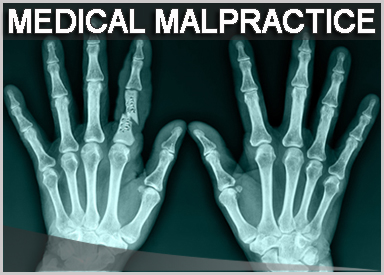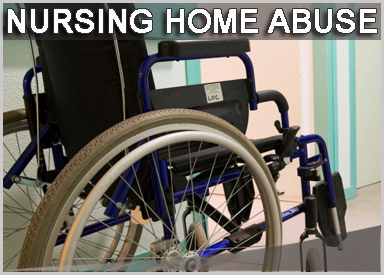Your Defective Engineering Injury Lawyers
Your Christian Law Firm, Dean Burnetti Law represents Personal Injury Victims in Polk County, including: Lakeland, Auburndale, Bartow, Haines City, Lake Wales, Mulberry, Polk City, and Winter Haven; in Hillsborough County, including: Brandon, Tampa, and Plant City; in Pinellas County, including Clearwater, St. Pete, Gulfport, Treasure Island, Largo, Oldsmar; and all of the surrounding Greater Central Florida and West Central Florida Areas.
James 5:6 - “Therefore confess your sins to each other and pray for each other so that you may be healed. The prayer of a righteous person is powerful and effective.”
The term “defective engineering injury” applies to any injury caused by the defective design of a man-made product, such as: A piece of furniture, an automobile, firearms, lawn and garden equipment, kitchen gadgets, a baby crib, stroller, or car seat, industrial equipment, household appliances, medical and pharmaceutical devices, and any number of items. The fact is, practically every tangible thing you come in contact with during every day of your life was designed by some type of engineer. Seriously. Everything from the ceiling fan in your living room and the microwave oven in your kitchen to the cardboard box that holds the tissues in your bathroom and the plastic bottle that holds your favorite soda. In fact, many people don’t realize it, but there are actually over three dozen categories of engineers, many that contain numerous sub-categories.

Mechanical Engineering. A mechanical engineer can specialize in any of the following engineering lines of work:
- Automotive Engineering – This is a field which focuses on the technical and creative study of automotive design, drivetrain, vehicle body and engineering systems with key business and market considerations. An example of defective automotive engineering might include faulty airbags or brakes.
- Aerospace Engineering – This is a field which focuses on aircraft performance, control and structures, composites, noise and space flight. An example of defective aerospace engineering might include a flawed landing gear.
- Biomedical Engineering – This is a field which finds solutions to medical issues by meeting the demands of the healthcare business through the development of specialist technology. An example of defective biomedical engineering might include a malfunctioning insulin pump or pacemaker.
- Biomechanical Engineering – This is a field which is often twinned with biomedical engineering. It focuses on the understanding of mechanics in the fields of biology and medicine by way of focusing in on more narrow fields like corrective surgery. An example of defective biomechanical engineering might include substandard artificial organs or devices meant to replace certain body parts.
Civil Engineering. A civil engineer specializes in the topics associated with planning, designing and constructing infrastructures while ensuring that public and environmental health laws are being adhered to, including:
- Architectural Engineering – This is a field which focuses on the technical and managerial aspects of architectural design and construction project management. An example of defective architectural engineering might include ventilation and exhaust problems or fire stopping deficiencies.
- Structural Engineering – This is a field which focuses on analyzing, designing, planning, and researching the structural components and systems as well as the safety factors and aesthetics of the structure, not to mention the social factors of how the structure will affect the community. An example of defective structural engineering might include a high-rise building without enough support beams.
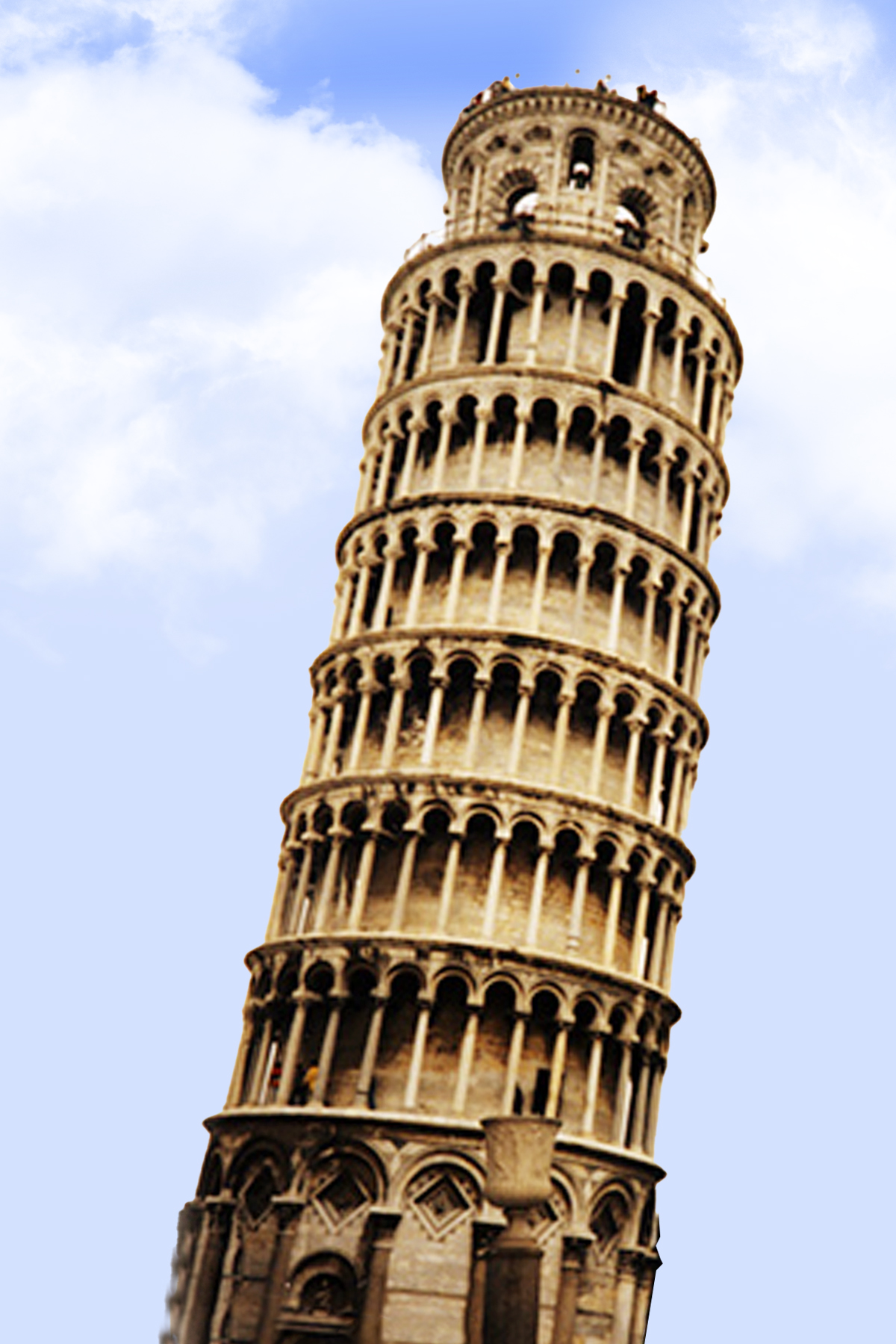
Chemical Engineering. A chemical engineer combines natural and experimental sciences such as chemistry and physics along with life sciences such as biology, microbiology, and biochemistry, as well as mathematics and economics. They work with such chemicals as those used in food, medicines, fuel, pulp and paper, and the environment, to name but a few. An example of defective chemical engineering might include too much muriatic acid in eyedrops, or too much sodium benzoate in your soda.
Petroleum Engineering. A petroleum engineer analyzes the optimization of oil production and also physically drills into the Earth’s surface to recover oil, and maintains oil-rich areas by designing ways to prevent natural disasters or keeping a tech-savvy eye on the oil-pumping machinery. An example of defective petroleum engineering might include a poorly designed oil pump.
Electrical Engineering. An electrical engineer designs important aspect of our everyday life, from communications to entertainment, retail, manufacturing, healthcare, transportation, and much more. An electrical engineer can specialize in any of the following engineering lines of work:
-
 Computer Engineering – This is a field which works with computer hardware and software, including working on actual computers as well as the functioning behind computer systems, from microprocessors and routers to applications and programs. An example of defective computer engineering might include a laptop without proper ventilation that catches fire after a certain amount of continual use.
Computer Engineering – This is a field which works with computer hardware and software, including working on actual computers as well as the functioning behind computer systems, from microprocessors and routers to applications and programs. An example of defective computer engineering might include a laptop without proper ventilation that catches fire after a certain amount of continual use.
- Robotics Engineering – This is a field that encompasses the aspects of design, construction, and the operation of robots as well as systems for their information processing and computer science related to robotics. Essentially, a robotics engineer designs robots for the purpose of them doing tasks that are too dangerous for humans to do. An example of defective robotics engineering might include a robot that’s sensors do not recognize mineshaft walls that they are not meant to touch, which causes the shaft to cave in.
- Electronics Engineering – This is a field which utilizes the fundamental principles of electronic engineering and the skills necessary for the modern-day system designs, interfacing and communications. They develop, design, test, and supervise the manufacturing of electronic equipment such as motors, navigation systems, radar, communication systems, power generators, toys, etc. An example of defective electronics engineering might include a toy that catches fire or a power generator that leaks deadly fumes.
- Microelectrical Engineering – This is a subdivision of electronics engineering. This field focuses on the fabrication of electronic, bioelectronic, electromechanics, and fluidic devices and systems and their applications. They design such things as circuit boards, semiconductors, and microchips. An example of defective microelectrical engineering might include a circuit board that causes a television or microwave to explode.
Environmental Engineering. An environmental engineer builds upon fundamental civil/construction engineering and project management principles in regards to social, economic and environmental issues. They monitor and develop solutions to environmental problems such as water and air pollution. An example of defective environmental engineering might include miscalculating the amount of a chemical used to clean algae out of a lake.
 Marine Engineering. Marine engineers build, design, and repair boats, ships, submarines, aircraft carriers, underwater crafts, and drilling equipment used at sea. They are responsible for the internal systems of watercrafts such as electrical, refrigeration, propulsion, and steering systems. An example of defective marine engineering might include a ship’s electrical system housing that is not airtight, and allows moisture into the wiring which causes a fire.
Marine Engineering. Marine engineers build, design, and repair boats, ships, submarines, aircraft carriers, underwater crafts, and drilling equipment used at sea. They are responsible for the internal systems of watercrafts such as electrical, refrigeration, propulsion, and steering systems. An example of defective marine engineering might include a ship’s electrical system housing that is not airtight, and allows moisture into the wiring which causes a fire.
Mining Engineering. Mining engineers work with the practice and science behind extracting and processing minerals that natural evolve and occur from the environment. They ensure the safe and efficient extraction of underground resources such as minerals, metals, oil, and gas. An example of defective mining engineering might include erroneous calculations regarding the underground pathways used to transport the mined materials which cause a cave-in.
Materials Science Engineering. Material engineers study relationships between the structures and properties of solids including metals, ceramics, polymers, biomaterials and composites and how they are made, with a focus on the best possible material for specific tasks and purposes. They develop materials used in various items from computer chips to golf clubs, and from aircraft wings to medical implants. An example of defective materials science engineering might include creating a biomedical device with a carcinogenic material.
Agricultural Engineering. An agricultural engineer designs machines, farming infrastructures, irrigation and draining, improvement and development of farming technologies as well as researching renewable energy sources. They design agricultural machinery components and equipment using computer-aided design technology, and they design food-processing plats as well as supervise their operations. An example of defective agricultural engineering might include designing a piece of harvesting equipment that emits noxious fumes both on the food as well as into the farmer’s lungs.
Paper Engineering. A paper engineer works to improve the science behind the production of paper, tissue, and other products made from natural fibers. They oversee the production of paper goods mand to make sure that the goods are created efficiently, and according to planned protocols. An example of defective paper engineering might include using a process that wastes more trees or other biological material than necessary, thus altering the ecosystem of the harvest site.
Geotechnical Engineering. A geotechnical engineer works with structures and properties related to soil, groundwork, and construction practices upon terrains. They use the principles of soil and rock mechanics to investigate subsurface conditions and materials, and evaluate the stability of natural slopes and man-made soil deposits. An example of defective geotechnical engineering might include approving a structure to be erected upon an unstable surface causing it to collapse.
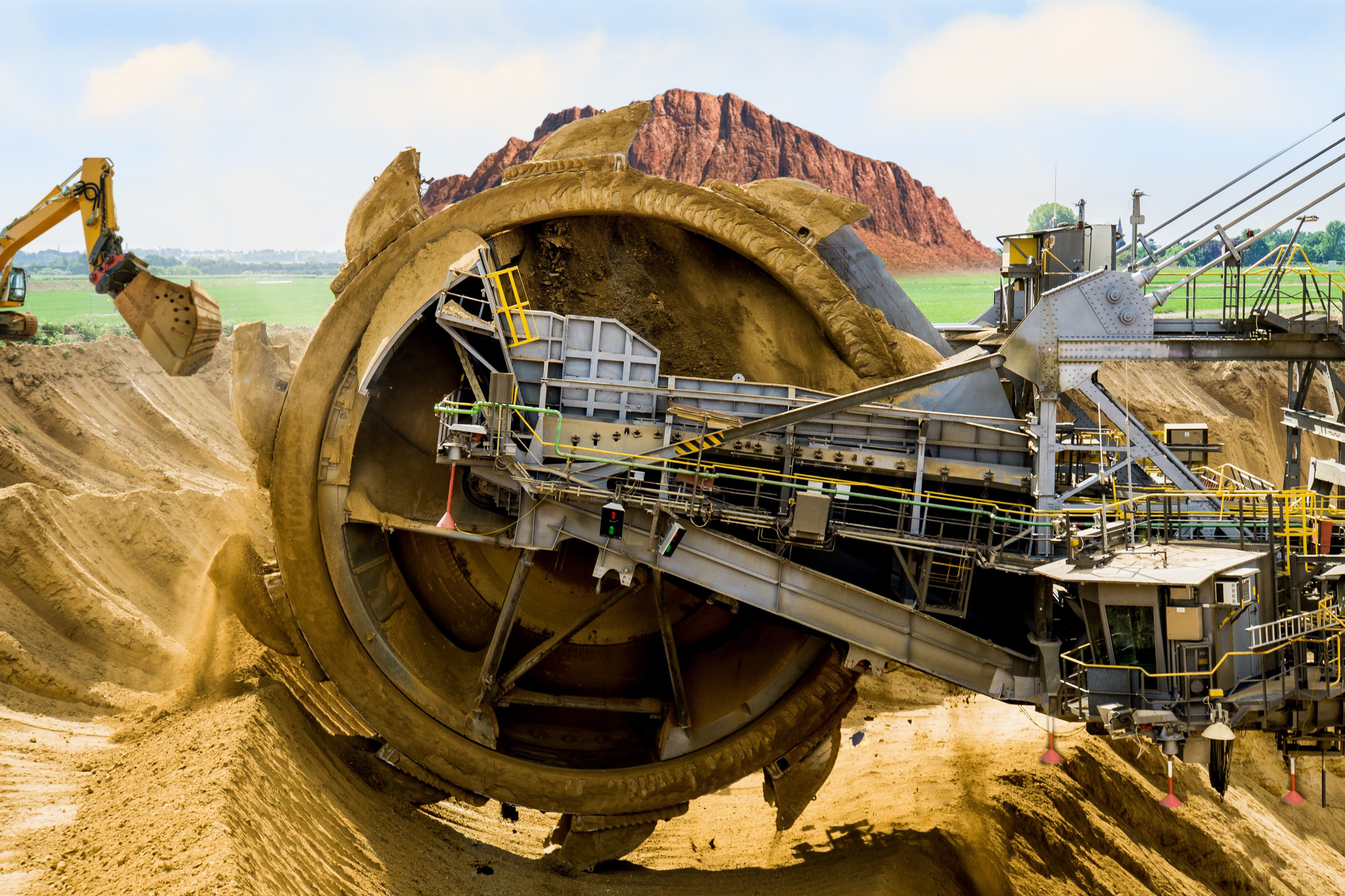 Geological Engineering. A geological engineer deals with factors such as soil, rock, groundwater, and other conditions which might affect onsite construction projects. They work with construction industries to assure the stability of rock and soil foundations for tunnels, bridges, and high-rise buildings. They assist with the construction of transportation infrastructures by determining strong terrain and safe pathways for airports, railways, highways, and pipelines. They assess foundations to ensure that structures can withstand earthquakes, landslides, and all other phenomena which effect the ground, including permafrost, swamps and bogs. They also develop better ways to build and manage landfills and find safer ways to dispose of toxic chemicals and garbage, and to manage sewage. They plan excavations and design tunnels. An example of defective geological engineering might include approving a railroad tunnel to be dug in unstable ground, causing it to collapse.
Geological Engineering. A geological engineer deals with factors such as soil, rock, groundwater, and other conditions which might affect onsite construction projects. They work with construction industries to assure the stability of rock and soil foundations for tunnels, bridges, and high-rise buildings. They assist with the construction of transportation infrastructures by determining strong terrain and safe pathways for airports, railways, highways, and pipelines. They assess foundations to ensure that structures can withstand earthquakes, landslides, and all other phenomena which effect the ground, including permafrost, swamps and bogs. They also develop better ways to build and manage landfills and find safer ways to dispose of toxic chemicals and garbage, and to manage sewage. They plan excavations and design tunnels. An example of defective geological engineering might include approving a railroad tunnel to be dug in unstable ground, causing it to collapse.
Nuclear Engineering. A nuclear engineer is primarily concerned with the breakdown and fusion of atomic nuclei and the application of sub-atomic physics within the nuclear physics realm. They develop and design nuclear equipment such as reactor cores, radiation shielding, and associated instrumentation. They also direct the maintenance activities of nuclear power plants to ensure all safety protocol is met. An example of defective nuclear engineering might include failing to ensure all safety standards are adhered to during the course of work at a nuclear power plant, resulting in a dangerous or deadly leak of radiation.
With all the products we encounter on a daily basis that are touched in some way by engineers, it’s not difficult to see how injuries from defective engineering can occur in just about any aspect of our lives. However, in legal terms, more often than not, the majority of these types of injuries are known as “Product Liability Injuries” or "Defective Product Injurues."
When we discuss “Defective Engineering Injuries,” at least here, we’re talking specifically about pavement or asphalt that is engineered incorrectly. The flawed design causes injury to a person who depends on a wheelchair or other manual or motorized wheeled device for transportation.
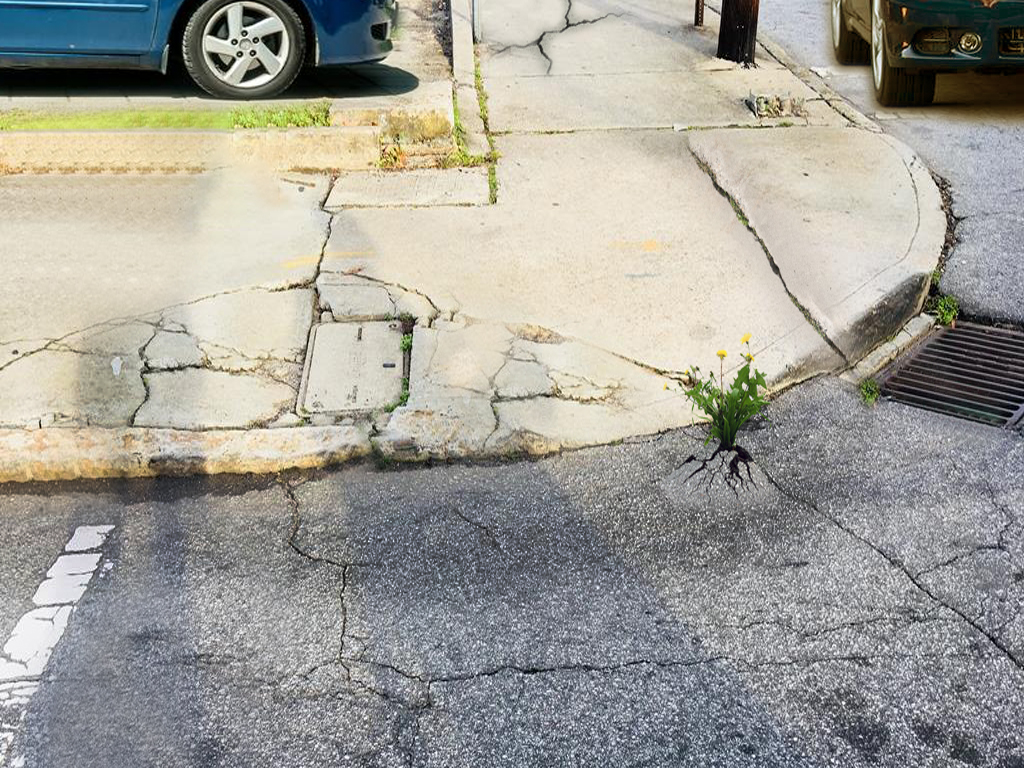 A Pavement Engineer is a civil engineer that uses engineering techniques to design and maintain flexible (asphalt) and rigid (concrete) pavements. These paved surfaces include sidewalks, ramps, streets, and highways and involves knowledge of soils, hydraulics, and material properties. A pavement engineer deals with new construction as well as the repair and maintenance of existing pavement walkways and ramps. Pavement maintenance often involves using engineering judgment to make repairs with the highest long-term benefit and lowest cost.
A Pavement Engineer is a civil engineer that uses engineering techniques to design and maintain flexible (asphalt) and rigid (concrete) pavements. These paved surfaces include sidewalks, ramps, streets, and highways and involves knowledge of soils, hydraulics, and material properties. A pavement engineer deals with new construction as well as the repair and maintenance of existing pavement walkways and ramps. Pavement maintenance often involves using engineering judgment to make repairs with the highest long-term benefit and lowest cost.
Pavement Engineers are also required to know -- and utilize -- the building codes associated with the Americans with Disabilities Act (ADA) of 1990. Title III of this Americans with Disabilities Act law deals with public accommodations and commercial facilities being accessible to all people with disabilities. The ADA requires full compliance with the Americans With Disabilities Act Accessibility Guidelines found in the Code of Federal Regulations.
In part, the Americans with Disabilities Act dictates that, when pertaining to commercial use, when a person is seated in a wheelchair or scooter (whether manually operated or motorized), while it climbs a ramp, a 1:12 slope ratio is mandated. What this means is that for every 1 inch of vertical rise, a 12 inch length of ramp is required. This ratio equates to a 5 degree incline, which is considered safe for people in wheeled devices. For example, a curb that is 4 inches tall requires a 48-inch long ramp. The reason behind this law is that a steep ramp increases the likelihood of a wheelchair tipping backwards, and it also requires more energy to climb. This would pose a greater danger to anyone who uses them. The slope or degree of incline plays a critical role in the ramp’s design and usefulness. The law and building code is designed for the protection and safety of the person in the wheeled device. If the ramp is too steep, too narrow, unevenly sloped, slopes to the side, lacks proper landings, is improperly maintained, is damaged by large pits or cracks, or other is otherwise not up to code, the disabled person using the ramp may become seriously injured, and non-disabled people walking behind them may also be injured in the event of an accident related to the out-of-code ramp.
Additionally, any public building’s ramp over 6 feet long is required to have a handrail. When the Florida weather turns rainy (as it frequently does), the ramp can be slippery, and a sturdy handrail can literally save a person’s life.
In addition to the slope ratio of a building’s ramp, to be compliant with the Americans with Disabilities Act guidelines, the ramp must contain one landing platform for each additional 30 feet of ramp. The reason behind this is that platforms serve as resting areas, and the Americans with Disabilities Act has determined that after 30 feet of continuous run, a resting area is needed.
Platforms at the top and bottom of a ramp must be at least 60 inches square. For platforms in the middle of a ramp run, platforms must be as wide as the widest part of the ramp that it connects to as well as being a minimum 60 inches long. The reason for this width is to be able to allow a manual or motorized wheelchair, scooter, or other mobility device to be able to rest all of its wheels on a level surface.
Furthermore, the minimum clearance between ramp handrails is 36 inches so that a wheelchair can easily fit between them. The handrail length is required to be at least 24 inches longer than the total length of the ramp. This is to assist a wheelchair-bound person in getting started up the ramp or in getting over the final hump at the top of the ramp, or in helping them maintain control once they reach the bottom of the ramp. The handrail perimeter must be between 4 inches and 6.25 inches to be compliant with the ADA guidelines to allow disabled people ease at gripping the handrail if they need to use it for support or help in climbing or descending the ramp.
Balusters are also required on all ADA ramps to provide protection from falling over the side, but the balusters cannot be more than 4 inches apart from each other so that a child cannot slip through the space.
The ramp’s guardrail – which is different than the handrail – is required to be at least 42 inches from the walking surface to prevent people from slipping off the side of the ramp.
Finally, a kick-plate is required to be built along the edges of an Americans with Disabilities Act approved-ramp. The kick-plate must extend upward from the walking surface so that there is no more than 4 inches between the top of the kick-plate and the lower guardrail.
Besides ramps that accompany stairs or steps into a building, there are other ADA ramps required over areas of curb. A curb ramp is a short ramp that provides an accessible route for people with disabilities to safely transition from a roadway to a curbed sidewalk and vice versa.
Not only is it difficult or impossible for a person using a wheelchair, scooter, walker, or other mobility device to cross a street if the sidewalk on either side of the street ends without a curb ramp, but it is also dangerous.
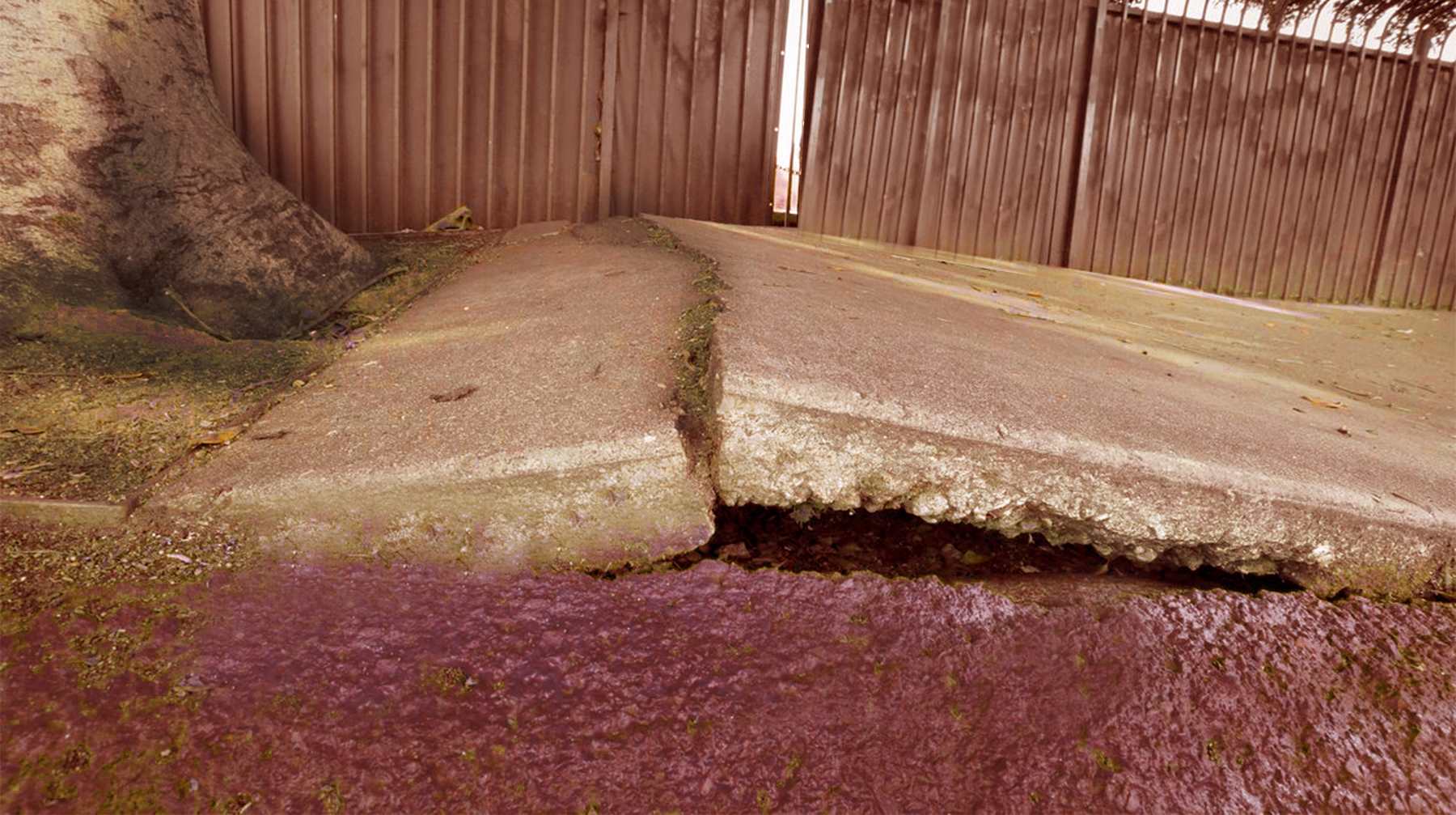
In constructing facilities such as walkways and pedestrian crossings, state and local governments can choose between two sets of standards – the ADA Standards for Accessible Design (ADA Standards) and the Uniform Federal Accessibility Standards (UFAS). But they are not allowed to pick and choose between particular portions of the ADA Standards and UFAS as they construct or alter pedestrian (and wheelchair) crossings on a street and the curb ramps that provide access to the adjacent sidewalks. Only one of these two standards may be used for a particular location. This means that all features of that location’s project must comply with the chosen standard.
The slope of curb ramps must be 8.33 percent (1:12) or less. The curb ramp run may have a running slope of up to 10 percent (1:10) if the rise is no more than six inches, and it may have a running slope of up to 12.5 percent (1:8) if the rise is no more than three inches. (The rise is the vertical change measured from the low point at the base of the curb ramp to the high point at the other end where the sloped portion of the curb ramp transitions with the sidewalk.)
Because sidewalks often have a 2 percent or less cross-slope (the slope perpendicular to the direction of pedestrian travel along the sidewalk) for the purpose of directing water to drain into the street, the rise of a curb ramp is often greater than the height of the curb. The cross-slope of the ramp run may not exceed 2 percent (1:50). (On a curb ramp, the cross slope is the slope perpendicular to the direction of pedestrian or wheelchair travel on the ramp’s run.)
The ramp run must be at least 36 inches wide, not including the flared sides. Also, it must contain detectable warnings (such as dome-shaped bumps) that extend along the full width and depth of the ramp. Transitions from the ramp to the walkway, gutter, and street must be level and free of abrupt level changes.
Finally, the gutter must have a slope of no more than 5 percent (1:20) toward the ramp.
If any of these specific requirements are not designed or built to code and a person is injured because of the defective design, this is considered to be a defective engineering injury.
1 Peter 4:12-13 - “Dear friends, do not be surprised at the fiery ordeal that has come on you to test you, as though something strange were happening to you. But rejoice inasmuch as you participate in the sufferings of Christ, so that you may be overjoyed when his glory is revealed.”
Call (863) 287-6388 in Polk County or (813) 287-6388 in Hillsborough County and Pinellas County today to schedule a free confidential consultation with an attorney at Your Christian Law Firm, Dean Burnetti Law.
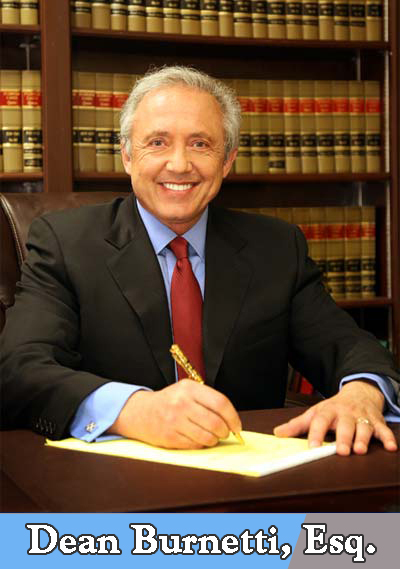
Our Statement of Faith
We declare that Jesus Christ is the Lord of all. That the Holy Spirit abides in the midst of all within our halls. That the power of prayer is our shield and sword.
We declare that Christ is the cornerstone of this firm.
LAKELAND OFFICE:
1937 East Edgewood Drive, Suite 102,
Lakeland, Florida 33803
Lakeland: (863) 287-6388
BRANDON OFFICE:
413 Lithia Pinecrest Road,
Brandon, FL 33511
Brandon: (813) 287-6388
ST. PETE OFFICE:
11300 4th Street N., Ste. 140,
St. Petersburg, FL 33716
St. Pete: (813) 287-6388





